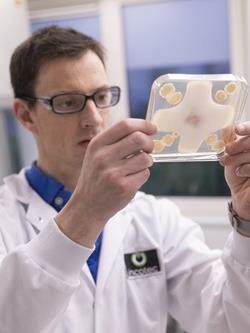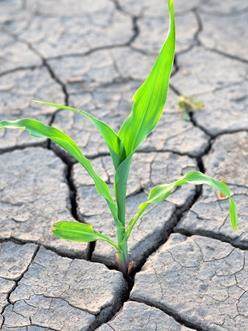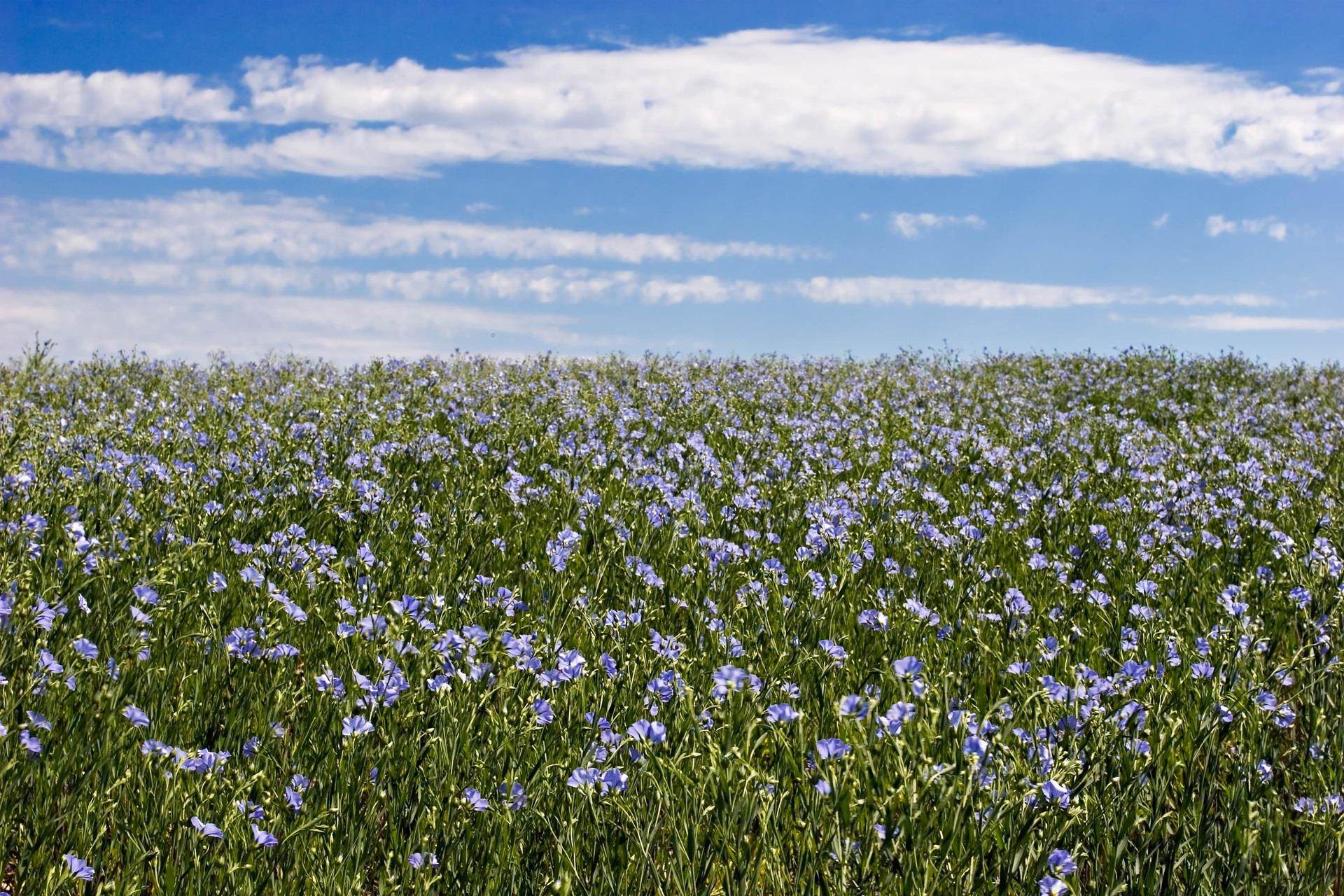
Sustainable seed solutions
The development of sustainable seed solutions is part of Mission Zero, our sustainability strategy, committing us to always look for the most sustainable solutions to help customers achieve their goals.
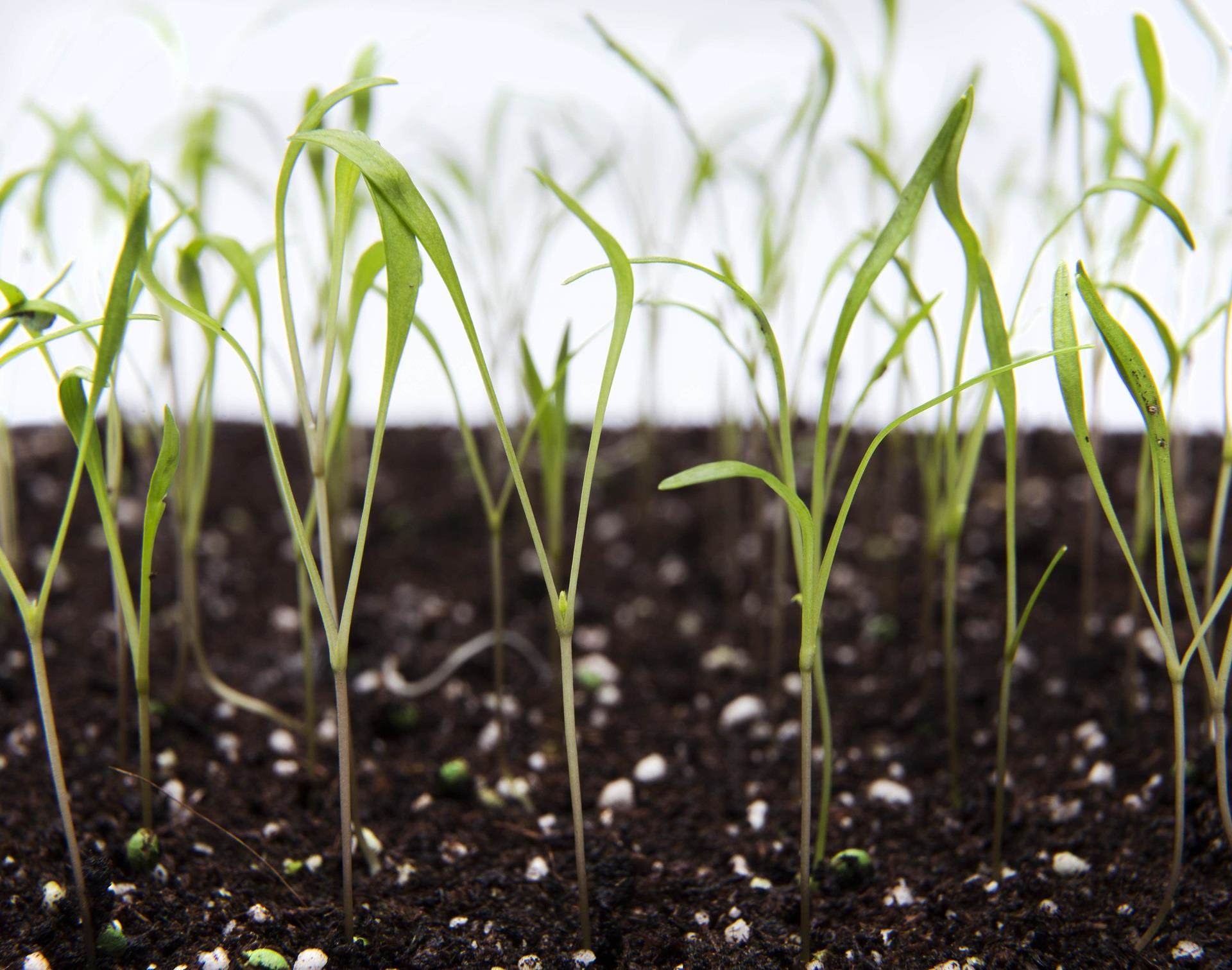

Microplastic-free seed coatings
Our new-generation microplastic-free seed coatings include products for vegetables and field crops.
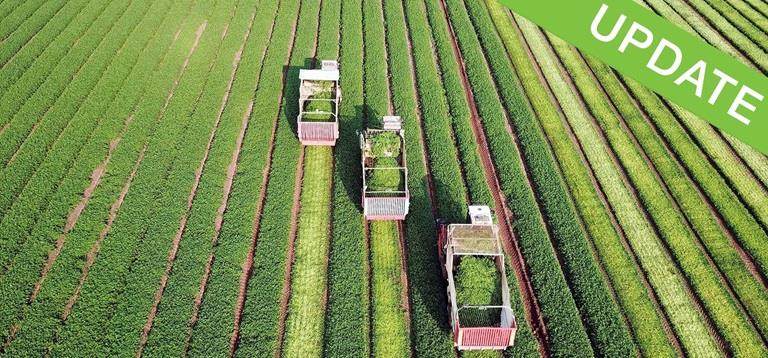
UN Sustainable Development Goals
The sustainable development goals have helped shape our own sustainability strategy.
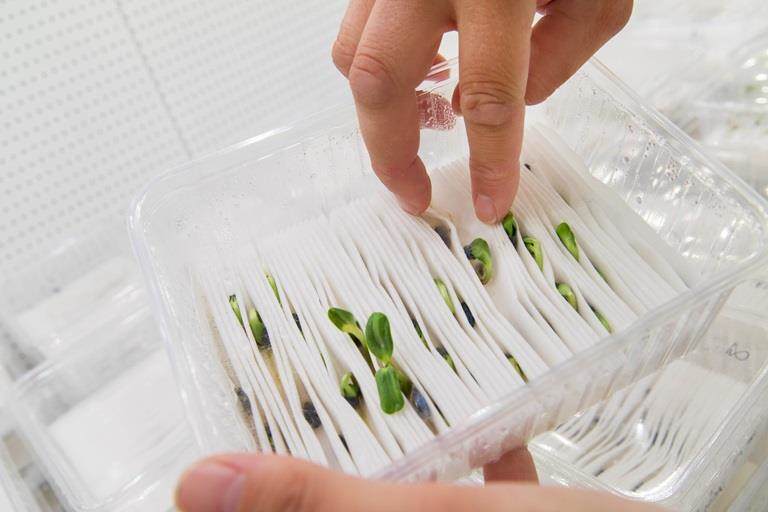
Mission Zero
Incotec's sustainability strategy commits us to making our company substantially more sustainable.
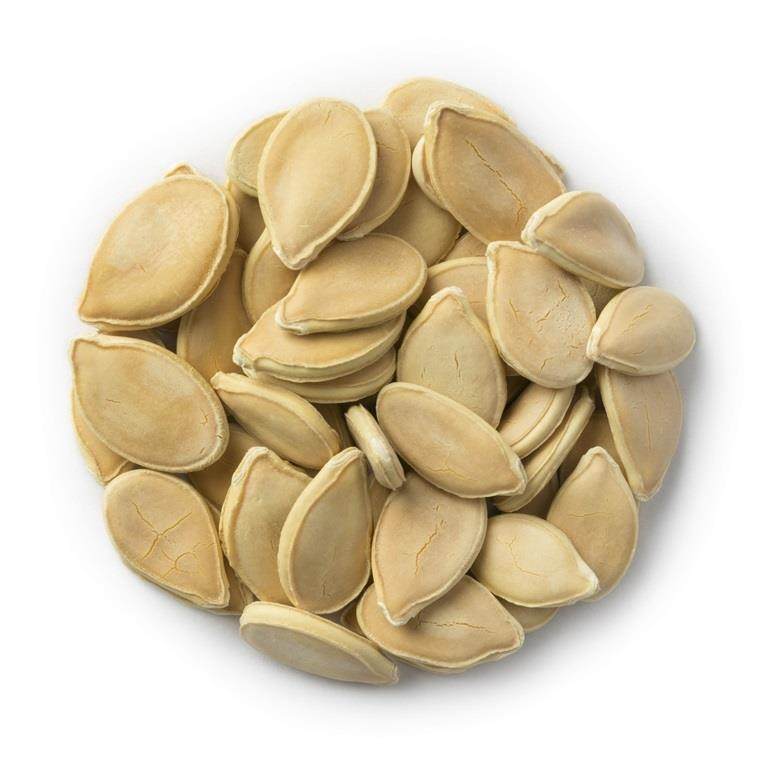
Solutions for organic crops
We have solutions for all major organic vegetable crops and we're working on products for organic field crops.
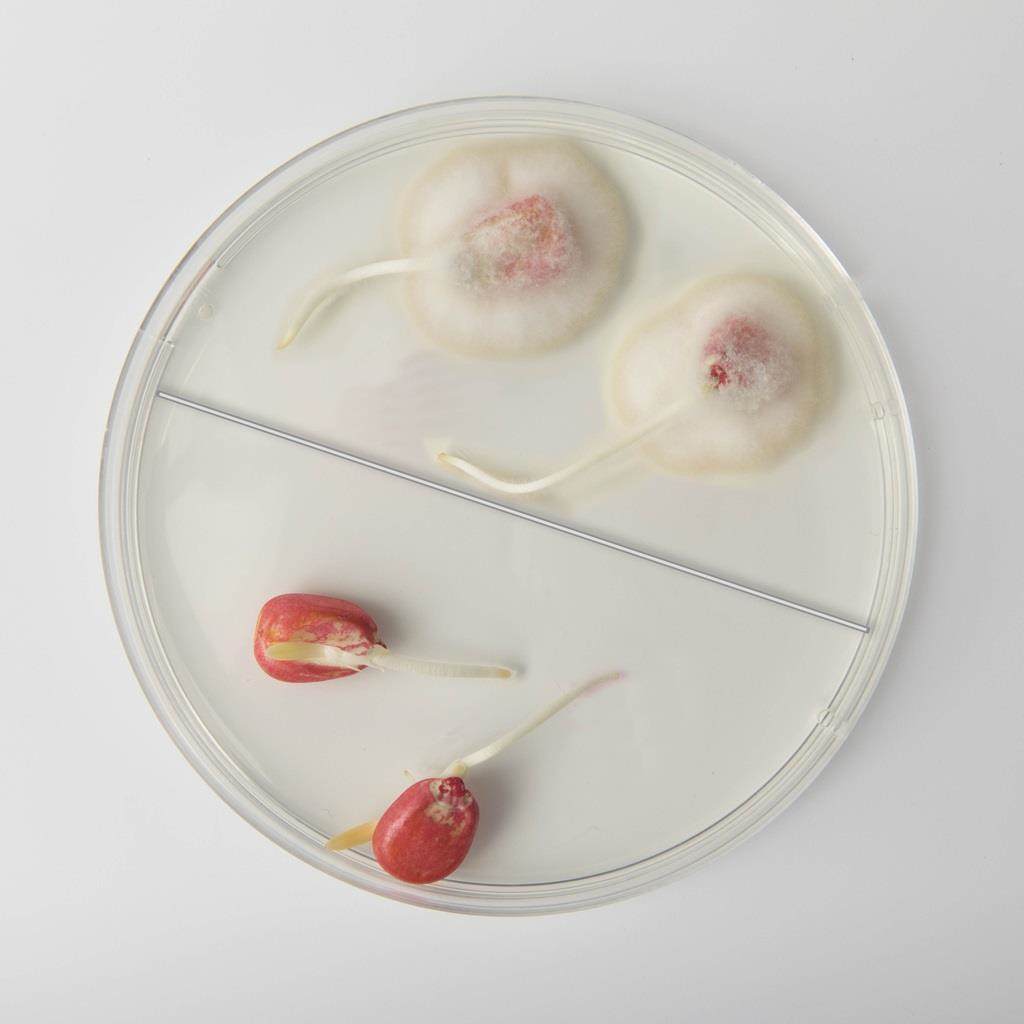
Work with us
We can work with you to develop a quality seed-application method for your biologicals or additives. As seed coating specialists, Incotec works independently with various suppliers of biologicals and additives to develop formulations and application techniques that achieve maximal compatibility and maintain optimal seed shelf life.
Contact us
Microplastic-free solutions are here to stay.

